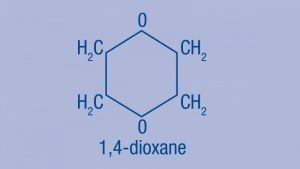Cancer-causing Chemical Is Present in Long Island Groundwater and Drinking Water Samples
Last year, New York State officials initiated a plan to sample groundwater at all New York State
(NYS) Superfund sites on Long Island for the presence of the carcinogen, 1,4-Dioxane. Although by the end of 2017 less than 20 percent of these sites have been screened, 19 sites showed elevated levels of the compound. If 1,4-Dioxane enters local water supplies, it can be extremely difficult and costly to treat.
What are the Next Steps?
In order to gain a better understanding of the presence of 1,4-Dioxane in Long Island’s groundwater, the DEC must expand its screening efforts. DEC Commissioner Basil Seggos asserts that all 154 Long Island Superfund sites will be tested in 2018 and about 700 other active Superfund sites within New York State will be tested in 2019. Superfund sites are chosen for sampling to limit duplicative labor since monitoring wells are already installed and quarterly groundwater sampling events are already underway.
How Do Long Island 1,4-Dioxane Concentrations Compare to the Federal Limit?

1,4-Dioxane Removal Difficulties
A few methods have been tested for removal effectiveness, but none have been approved by the state as of yet. This chemical is not easily treated and cannot be treated by conventional contaminant removal practices such as air stripping or activated carbon filtration. There are a few methods utilized on Long Island nearing approval and many are continuing to develop a proven method to remove 1,4-Dioxane from water.
More Information
As we await further information on Long Island’s status regarding 1,4-Dioxane, check out
How will the 1,4-Dioxane in my Drinking Water Affect my Health?
The Origins of 1,4-Dioxane: How Did It Get Into Long Island’s Drinking Water?
November 2017 Update on the NYS Drinking Water Quality Council
Concerned about groundwater in your area? Give us a call at (516) 624-7200 to create a groundwater sampling plan.

